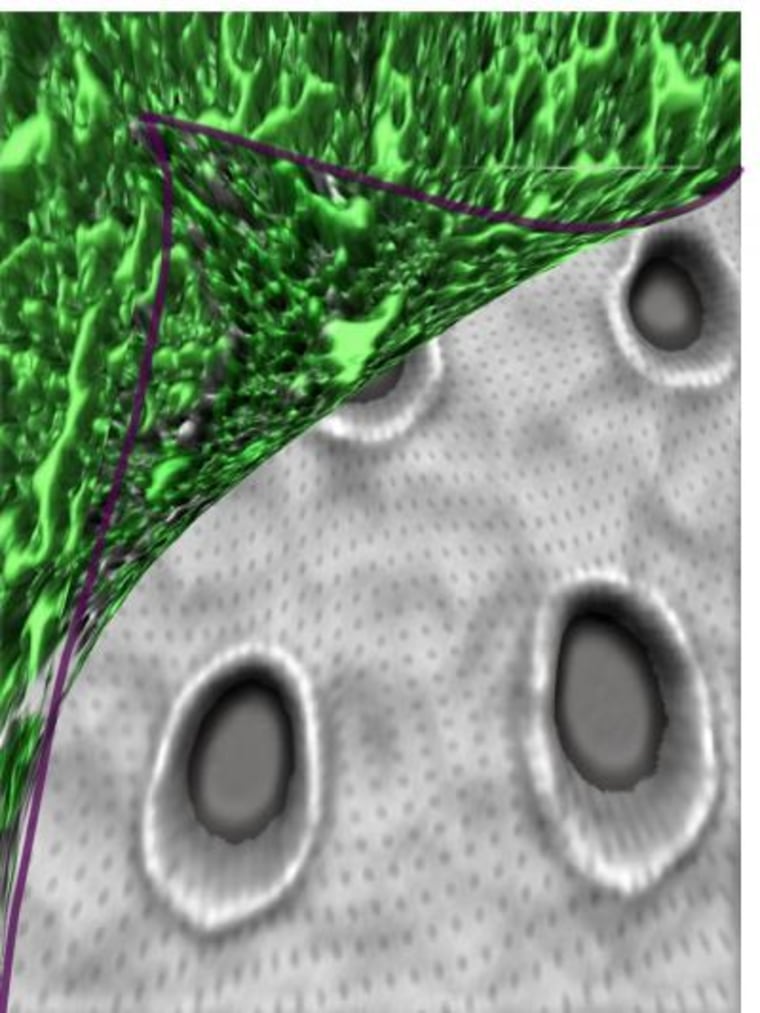
Buildup of bacteria, barnacles and seaweed on the bottom of boats may soon become a problem of the past thanks to a paint-like material that shakes off scum with the flick of a switch, according to engineers working on the novel coating.
The material’s design was inspired by hair-like structures called cilia that remove foreign particles from lungs and respiratory tracts, as well as mollusks and corals, in a bid to keep surfaces clean, noted Gabriel Lopez, an engineer at Duke University in Durham, N.C.
“To date, however, it has been difficult to reproduce the cilia, but controlling the surface of a material could achieve the same result,” he said in a news release.
Lopez and colleagues developed a new material that can be applied like paint and moves — wrinkles — in response to an external stimulus such as a jolt of electricity or applied pressure. The movement dislodges bacteria and other biofilms that accumulate onto the surface.
The buildup of scum on ship hulls increases drag and makes them less energy efficient. It can also block underwater sensors. Current methods to remove it often include bacteria-killing paints, which can contain heavy metals or toxic chemicals that could harm marine life, the researchers note.
Materials with similar properties could be used to keep biofilm from accumulating on artificial joints and water purification membranes.
The research is funded by the U.S. Office of Naval Research. A paper describing the material appeared online Jan. 6 in the journal Advanced Materials.
John Roach is a contributing writer for NBC News. To learn more about him, check out his website. For more of our Future of Technology series, watch the featured video below.